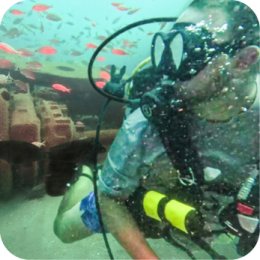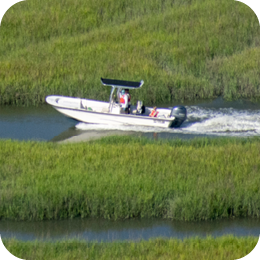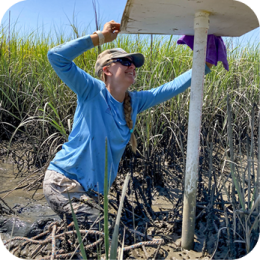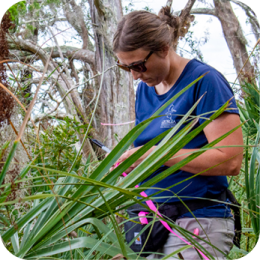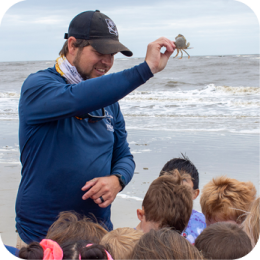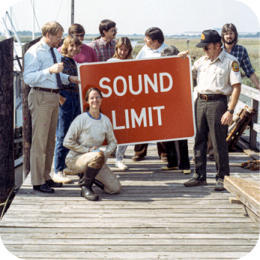Two Southeast Georgia counties recently began developing new plans to manage long-term recovery and redevelopment after catastrophic disasters.
McIntosh and Liberty counties in October and February respectively kicked off the creation of their Disaster Recovery and Redevelopment Plans (DRRP) in conjunction with the Coastal Resources Division (CRD) of the Georgia Department of Natural Resources.
These plans are aimed at guiding coastal recovery and redevelopment after hurricanes, wildfire, or other major natural disasters, said Jennifer Kline, a coastal hazards specialist with CRD.
“It’s critical that our coastal communities are prepared to adapt and reduce vulnerabilities, because it’s not about if a natural disaster hits, it’s when,” Kline said. “These plans help decision makers plan for changes from sea-level rise, coastal storms and marine debris hazards. It’s a document that can be used to guide the recovery process and rebuild our communities stronger and more resilient than before.”
The National Oceanographic and Atmospheric Administration is funding the planning process through grants awarded to CRD’s Coastal Management Program. Already, Chatham, Brantley, Glynn, Camden and Charlton counties have completed their DRRPs.
Dennis Jones, director of the Chatham County Emergency Management Agency, said he was glad his county completed the plan and it gave him insight into what to expect after a major disaster.
“This is a completely different planning process,” he said. “Typically, we’re planning for the initial response to a disaster, but it’s the recovery that’s the long-term investment. With this long-term plan, our focus was to get all the partners engaged in recovery, because that’s where the rubber meets the road.”
In crafting a DRRP, Kline and other staff members from Coastal Resources Division invite community stakeholders to raise their concerns and unique challenges in long-term recovery. School boards, housing authorities, emergency responders, historical societies, business owners and a slew of other parties are invited to the table during the planning process.
“That’s important because we want to know what the boots-on-the-ground work will be after a disaster,” Kline said. “Rebuilding a community is a monumental challenge, and having a wide variety of partners involved from the inception of the plan is key to its success.”
Every community’s plan will be different. In some cases, the plan may encourage changes in building code or guidance on shoreline resiliency. In other cases, a community may decide it’s best to retreat from a shifting shoreline.
“That’s the beauty of these plans, that they’re not one-size-fits-all,” Kline said. “Every community is different, with different strengths and challenges, so every DRRP is different.”
Joey Brown, county manager for Liberty County, said he was excited for his area to begin crafting its DRRP.
“The challenge is in the recovery,” he said. “But putting all the pieces together, and identifying the sectors that it’s going to take will help. Maybe there are things we can do to be more resilient that we haven’t thought about before. Hopefully, we can integrate this as we go forward.”
By 2020, all ocean-facing counties in Georgia, along with the next tier of counties inland will have a DRRP in place. Once all 11 counties are complete, Georgia will be the first state in the country to have an entire coastline with resiliency and recovery plans in place.
For more information or to view already completed DRRPs, visit www.coastalGADNR.org/DRRP or call (912) 262-3140.


